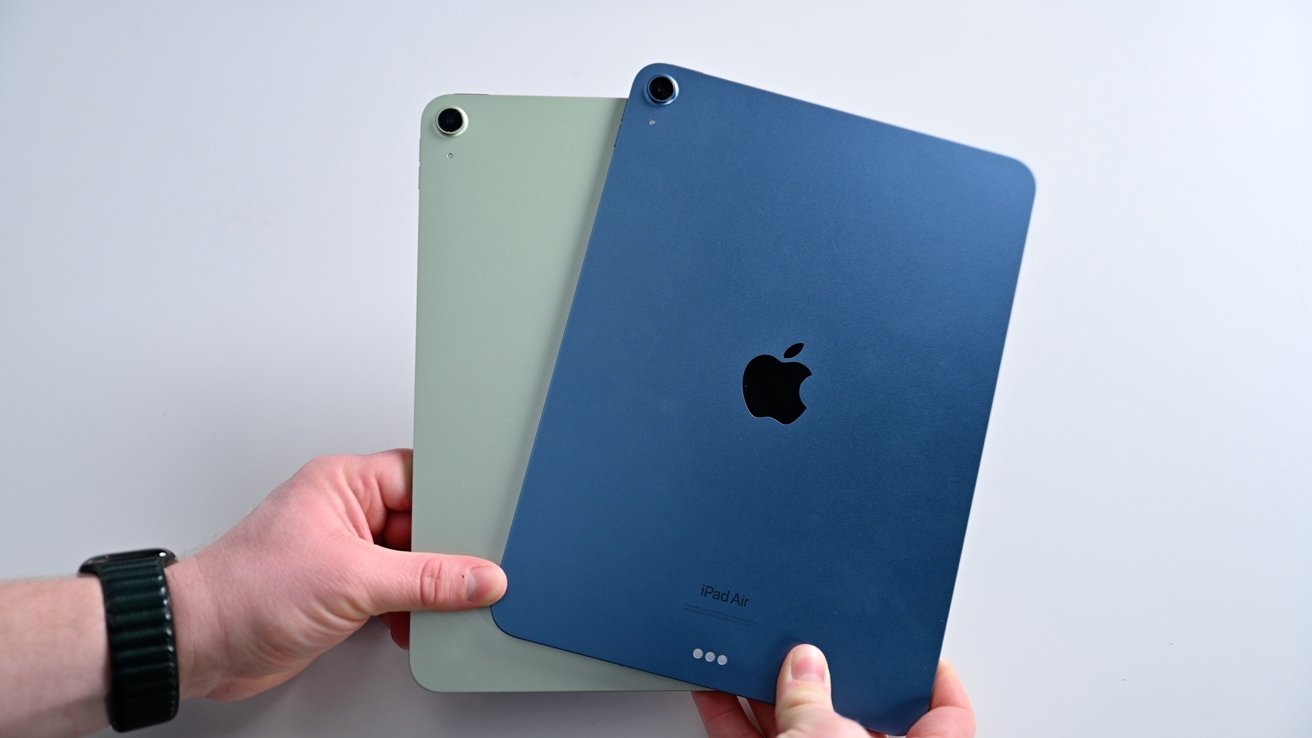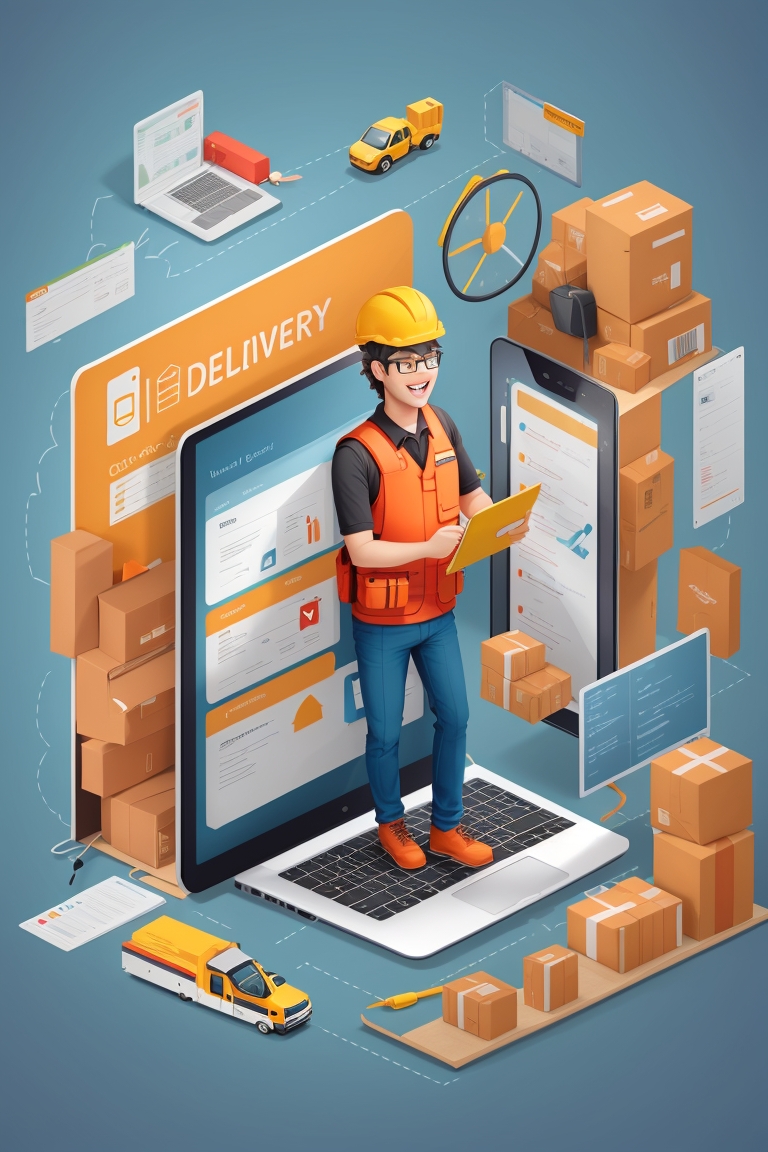In the era of Industry 4.0, the Industrial Internet of Things (IIoT) has emerged as a transformative force for businesses across various sectors. IIoT represents the integration of smart devices, sensors, data analytics, and connectivity into industrial processes, enabling organizations to gather real-time data, optimize operations, and achieve unprecedented levels of efficiency. In this comprehensive guide, we will delve into the world of IIoT and provide a step-by-step implementation roadmap for businesses looking to harness its potential.
Understanding the Industrial Internet of Things (IIoT)
Before embarking on an IIoT journey, it’s essential to grasp the fundamental concepts and benefits it offers:
1. Connectivity
IIoT relies on robust connectivity. It involves connecting devices, machines, and sensors to the internet, creating a network where data can be transmitted and received in real time.
2. Data Collection
Sensors and smart devices collect vast amounts of data from various sources, including temperature, humidity, pressure, machine performance, and more. This data is the lifeblood of IIoT.
3. Data Analysis
The collected data is analyzed using advanced analytics tools, including machine learning and artificial intelligence algorithms, to extract meaningful insights, detect patterns, and predict future events.
4. Automation
One of the primary goals of IIoT is to enable automation and autonomous decision-making. By leveraging data-driven insights, processes can be optimized, and machines can make real-time adjustments without human intervention.
5. Improved Efficiency
IIoT implementations are geared toward improving operational efficiency, reducing downtime, and minimizing wastage. These improvements translate into cost savings and enhanced competitiveness.
6. Predictive Maintenance
IIoT enables predictive maintenance, where machines and equipment can be serviced or repaired proactively based on data insights, reducing the likelihood of unexpected breakdowns.
Step-by-Step IIoT Implementation Guide
Now that we have a foundational understanding of IIoT, let’s explore the step-by-step process for implementing IIoT in your business:
Step 1: Define Your Objectives and Goals
Before diving into IIoT, clarify your business objectives and what you aim to achieve through its implementation. This might include improving operational efficiency, reducing maintenance costs, or enhancing product quality.
Step 2: Conduct a Technology Assessment
Assess your existing technology infrastructure and identify any gaps or limitations. Ensure that your network, sensors, and data storage solutions can support IIoT requirements.
Step 3: Select the Right Sensors and Devices
Choose the appropriate sensors and devices based on your objectives. Consider factors such as accuracy, durability, connectivity options, and compatibility with your existing equipment.
Step 4: Establish Connectivity
Ensure that you have a robust and secure network infrastructure in place to support IIoT connectivity. This may involve setting up a dedicated IIoT network or leveraging existing solutions like 5G.
Step 5: Data Collection and Integration
Implement sensors and devices to collect relevant data from your industrial processes. Integrate these devices into your existing systems, such as SCADA (Supervisory Control and Data Acquisition) systems or PLCs (Programmable Logic Controllers).
Read More – Software development in Singapore
Step 6: Data Storage and Management
Decide how you will store and manage the vast amounts of data generated by IIoT devices. Cloud-based solutions, edge computing, and on-premises servers are common options.
Step 7: Data Analytics and Insights
Utilize advanced analytics tools and algorithms to analyze the collected data. Look for patterns, anomalies, and opportunities for optimization. Consider predictive maintenance solutions to prevent equipment failures.
Step 8: Automation and Control
Implement automation processes based on the insights derived from data analysis. These could include adjusting machine settings, scheduling maintenance, or optimizing production workflows.
Step 9: Security and Compliance
Prioritize cybersecurity in your Industrial Internet of Things implementation. Implement security measures to protect data and devices from cyber threats. Ensure compliance with industry regulations and data privacy laws.
Step 10: Scalability
Plan for scalability from the outset. As your IIoT implementation grows, you should be able to add more devices and sensors without major disruptions to your operations.
Step 11: Employee Training
Train your workforce to operate and interact with IIoT systems effectively. Ensure that employees understand the benefits and can use the technology to its full potential.
Step 12: Monitor and Optimize
Continuous monitoring is essential to identify any issues or areas for improvement. Regularly assess the performance of your IIoT systems and make necessary adjustments.
Challenges and Considerations
While IIoT offers numerous advantages, businesses must also address certain challenges:
1. Data Security
Protecting sensitive data from cyber threats is a top priority. Implement encryption, authentication, and access controls to safeguard your IIoT infrastructure.
2. Data Privacy
Compliance with data privacy regulations, such as GDPR, is essential. Ensure that you collect, store, and process data in a manner that respects privacy rights.
3. Integration Complexity
Integrating IIoT with existing systems can be complex. Plan for integration challenges and seek expert guidance if needed.
4. Costs
IIoT implementation can be costly, but the ROI can be substantial. Carefully evaluate the costs and benefits to justify the investment.
5. Scalability
As your IIoT ecosystem grows, managing and scaling it effectively becomes crucial. Develop a strategy for long-term scalability.
Real-World Examples
To illustrate the impact of IIoT, here are a few real-world examples:
- Manufacturing: Sensors in manufacturing plants monitor equipment performance, detect faults, and optimize production schedules, leading to increased efficiency and reduced downtime.
- Energy: Utility companies use remotely monitor and control power generation, distribution, and consumption, resulting in more reliable energy services.
- Agriculture: Smart farming implements IIoT to monitor soil conditions, weather data, and crop health, enabling farmers to optimize irrigation and fertilizer usage.
- Logistics: Ultimate Industrial IoT sensors in shipping containers track the location, temperature, and humidity of goods in transit, ensuring the quality and safety of products.
Conclusion
The Industrial Internet of Things (IIoT) represents a paradigm shift in the industrial landscape. By implementing software development companies in Singapore, businesses can unlock new levels of efficiency, cost savings, and competitiveness. However, it’s essential to approach IIoT with a clear strategy, robust cybersecurity measures, and a commitment to ongoing optimization. Embracing IIoT can propel your organization into the future of Industry 4.0 and position you as a leader in your industry.
FAQs On IIoT
1. What are the advantages of Industrial IoT for business?
The IIoT boosts operational effectiveness, enables predictive maintenance, improves safety protocols, optimizes resource use, and stimulates innovation.
2. How safe is Industrial IoT (IIoT)?
Industrial IoT (IIoT) can be secure, but how well it is set up and safeguarded will determine this.
3. Can Industrial IoT be integrated with current industrial systems?
In order to facilitate the management of the data exchange process, can be linked with already-existing systems like SCADA or MES.
4. How is predictive maintenance enabled by Industrial IoT (IIoT)?
IIoT employs analytics to gather data, monitor equipment status in real-time, and predict maintenance requirements to prevent expensive breakdowns.




